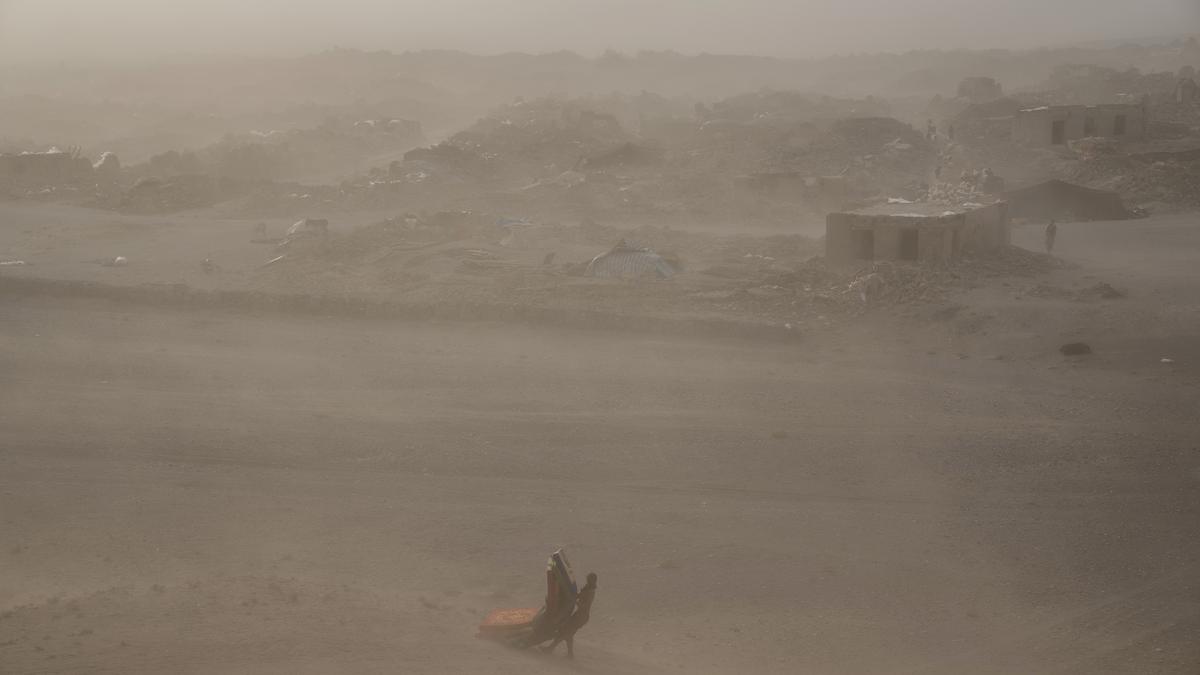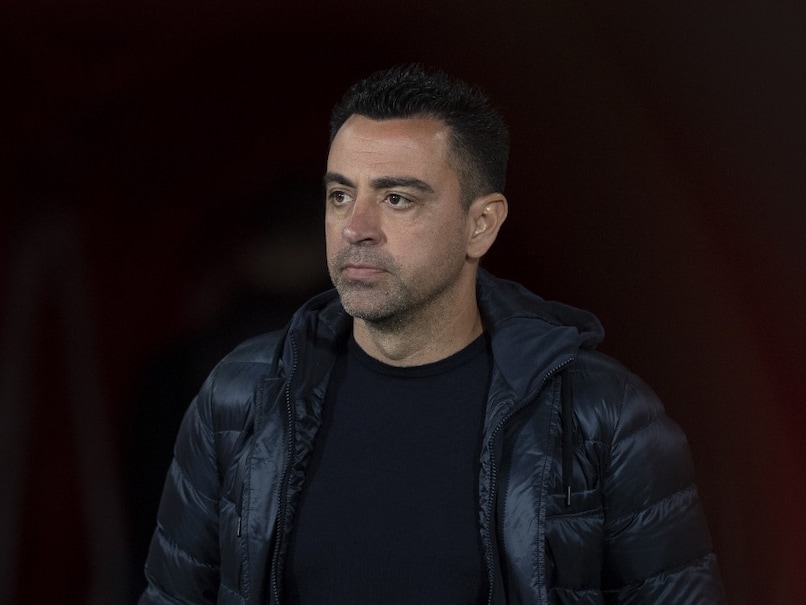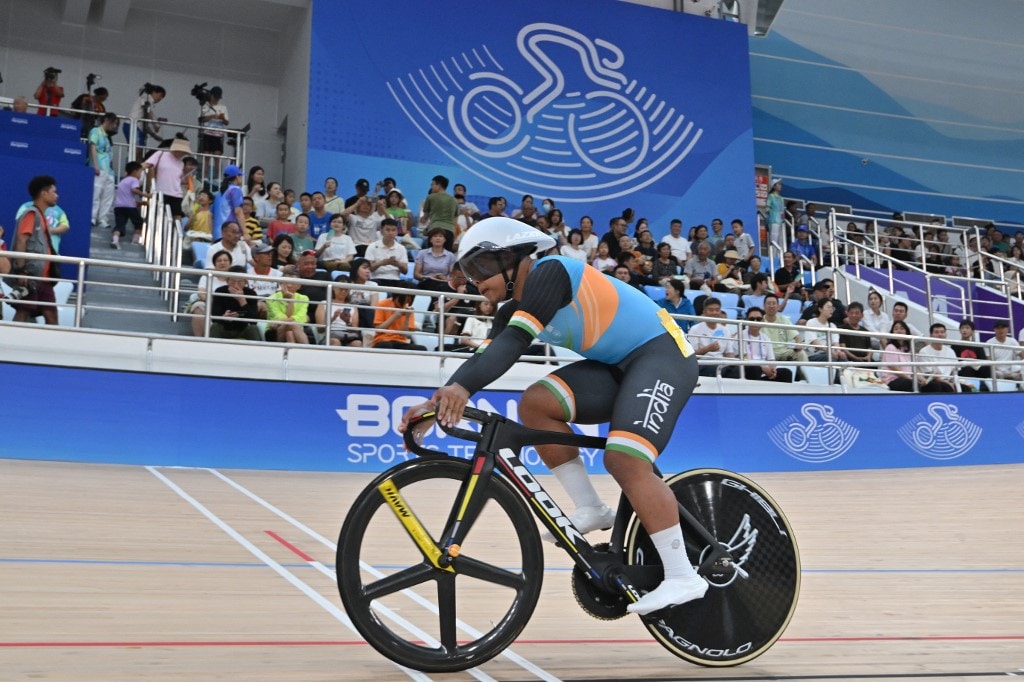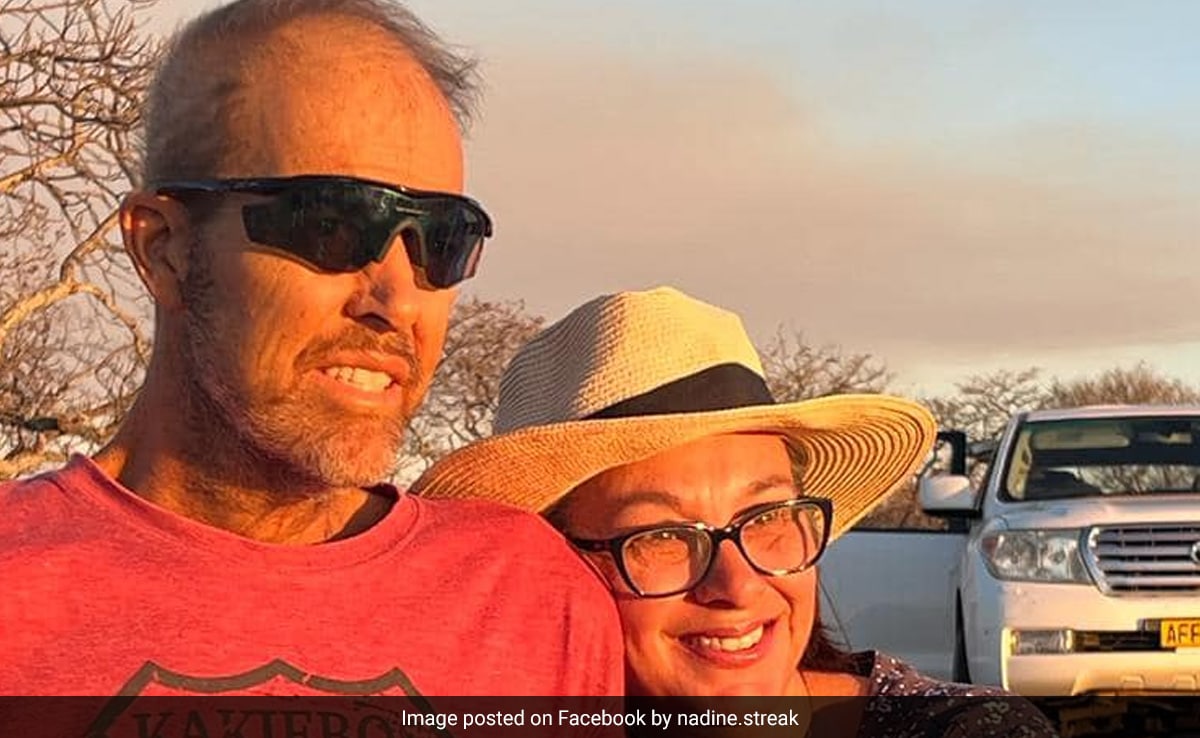The Indian Space Research Organisation (ISRO) on Friday launched its Earth Observation Satellite-8 (EOS-8) on a small rocket from the Satish Dhawan Space Centre in Sriharikota.
-
The Small Satellite Launch Vehicle (SSLV) carried an experimental earth imaging satellite named EOS-8 and SR-0 Demo Sat which was made by a Chennai-based start-up Space Rickshaw.
-
The mini rocket which weighs 120 tonnes can carry satellites weighing about 500 kilograms into space in a low Earth orbit. In comparison, India’s heaviest rocket the Bahubali or the Geosynchronous Satellite Launch Vehicle (GSLV Mk 3) weighs 640 tonnes.
-
Keeping in line with ISRO’s mission to mount cheap yet effective space missions, the SSLV was readied at a total cost of over ₹ 170 crore and took over seven years to build.
-
While ISRO has not revealed the cost of the launch, analysts estimate that each SSLV rocket will cost about ₹ 30-35 crore per launch making it one of the cheapest launchers in its class.
-
A unique instrument on board the EOS8 satellite will measure UV light exposure to surfaces. This technology will be used on India’s first manned space mission Gaganyaan to measure cancer-causing UV light exposure to the astronauts.
-
The mini rocket has been praised by ISRO Chairman Dr S. Somanath for its “simplicity and production friendliness”. He called the rocket a game changer in the industry, which would help build future commercial launchers of India.
-
“SSLV is designed for large-scale production, flexible integration and minimal tests prior to launch. In fact, full rocket can be rested and kept in storage,” Mr Somanath said.
-
Last year, in an effort to privatise India’s space programme, the Centre opened opening to build the small satellite launch rocket which attracted initial interest from 20 companies.
-
According to a Bloomberg report, the global small satellite industry was estimated at $3.25 billion in 2020, and is anticipated to hit $13.71 billion by 2030. Hence, the promise of commercialisation of SSLV is huge.
Post a comment




















